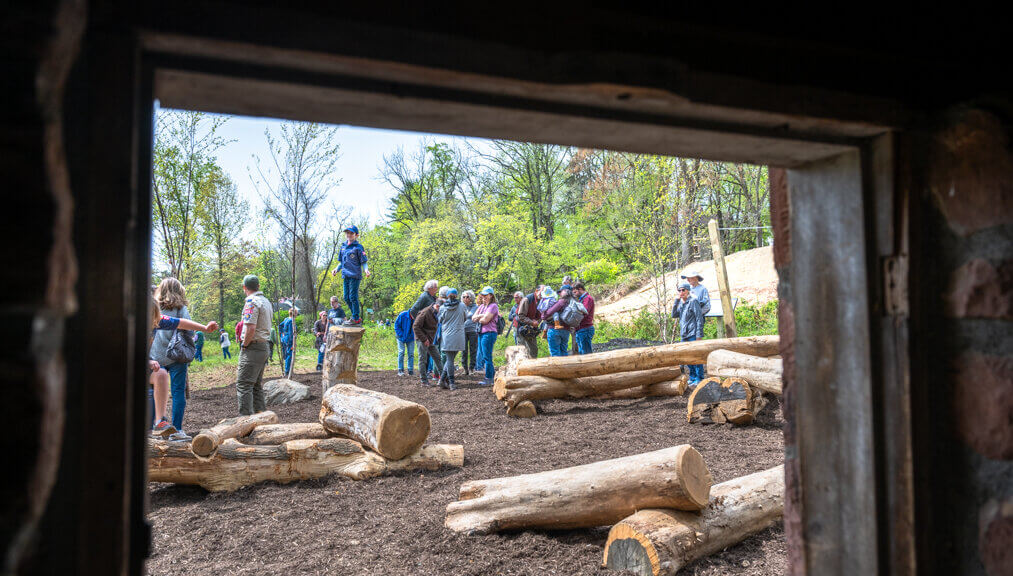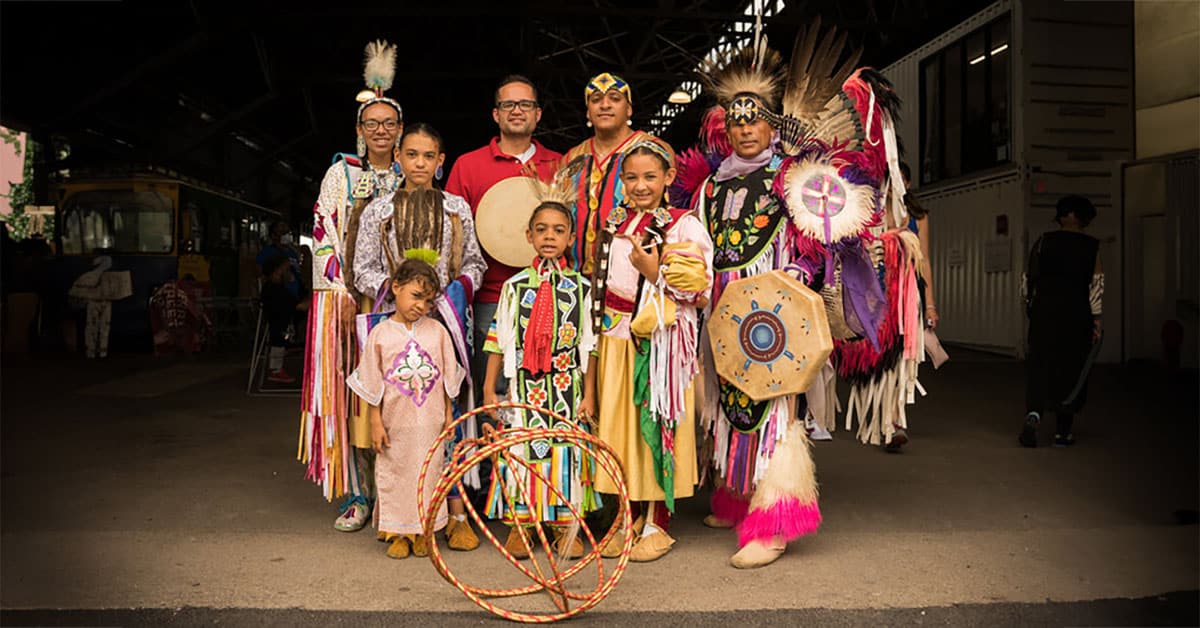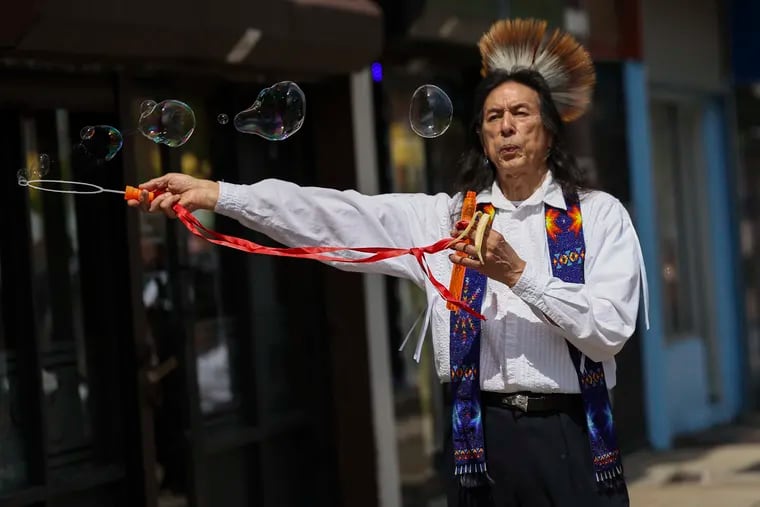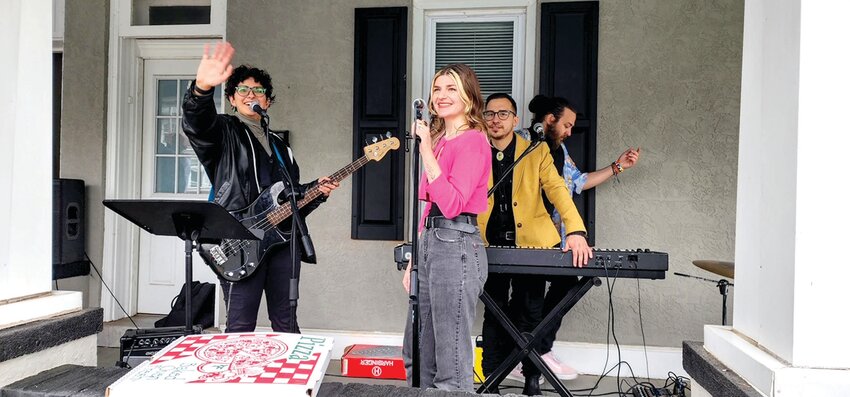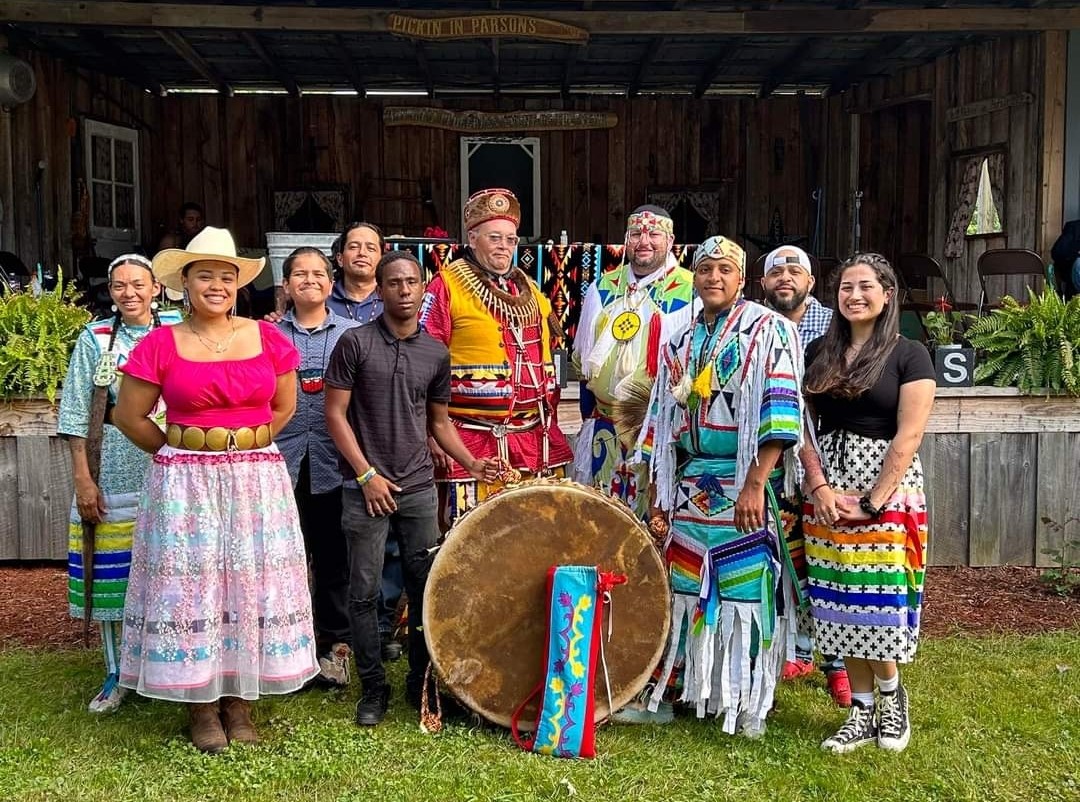MSN 3&&void 0!==arguments[3]?arguments[3]:p.Alert;try{const s=function(){if(!o){const e=document.head.getAttribute(“data-client-settings”);e&&(o=JSON.parse(e))}return o}(),c=a(),l=function(e){if(e){const{pcsInfo:t,pageGenTime:n}=e,o=new Date(n).getTime(),i=!t||[“prod”,”prod-ssr”,”prod-ssrntp”].includes(t.env);r=i?”browser.events.data.msn.com”:”events-sandbox.data.msn.com”;return{cors:”true”,”content-type”:”application/x-json-stream”,”client-id”:”NO_AUTH”,”client-version”:”1DS-Web-JS-2.2.2″,apikey:i?”0ded60c75e44443aa3484c42c1c43fe8-9fc57d3f-fdac-4bcf-b927-75eafe60192e-7279″:”f8857dedc6f54ca8962cfb713e01e7d7-e9250191-fe0b-446f-95ae-07516262f98c-7028″,”upload-time”:o,w:”0″,anoncknm:”app_anon”}}return null}(s);let u=””;l&&l.apikey&&””!==l.apikey&&(u=function(e){if(e){const t=e.indexOf(“-“);if(t>0)return e.substring(0,t)}return””}(l.apikey));const g=function(e,t,n,o,i,s){let r=arguments.length>6&&void 0!==arguments[6]?arguments[6]:p.Alert;if(n){i=i||{};const{apptype:c,audienceMode:l,pagetype:u,pageGenTime:p,bundleInfo:h,deviceFormFactor:g=””,fd_muid:m,os:f}=n;i.pageGenTime=p,i.build=h&&h.v,i.appType=c;const b=function(e,t,n){const o=n&&”phone”===n.toLowerCase(),i=t&&”enterprise”===t;return{bingHomepage:”binghomepage”,mmx:”emmx”,edge:”spartan”,edgeChromium:i?”entnews”:”anaheim”,hybrid:”spartan”,hub:o?”prime_mobile”:”prime”,microsoftNews:”msnews”,office:”entnews”,views:o?”prime_mobile”:”prime”,windowsShell:”windowsshell”}[e]}(c,l,g),v=b||c,y=document.getElementsByTagName(“html”)[0].getAttribute(“lang”);let k,S=””,A=”muid”;try{if(“edgeChromium”===c&&”object”==typeof window&&window.location&&window.location.search){const e=new URLSearchParams(window.location.search);k=e.has(“startpage”)?”msedgdhp”:”msedgntp”,”enterprise”===l?k=”entnewsntp”:”xbox”===f&&(k=”xboxntp”)}window&&window.getCookieConsentRequired&&”function”==typeof window.getCookieConsentRequired&&window.getCookieConsentRequired()||(S=d(“muid”))}catch{}S||(S=n.aid,A=”aid”);const C={name:”MS.News.Web.AppError”,time:p,ver:”4.0″,iKey:`o:${o}`,data:{baseData:{},baseType:”MS.News.Web.Base”,page:{name:”default”,product:v,type:w(u),content:{category:”standaloneError”},ocid:k},browser:{clientId:S,clientIdType:A},flight:{id:s},request:{activityId:n.aid,requestId:n.aid,afdMuid:m},locale:{mkt:y},extSchema:{id:e,severity:r,pb:i,message:t}}};var a;if(S&&”muid”===A)C.ext={…null==C?void 0:C.ext,user:{…null==C||null===(a=C.ext)||void 0===a?void 0:a.user,localId:`t:${S}`}};return C.data.flight.tmpl=””,i.isSSRScope&&(C.data.flight.tmpl+=”ssrscope:1″),”object”==typeof window&&(window.isSSREnabled&&(C.data.flight.tmpl+=”;ssr-enabled:1″),window.isSSRCompleted&&(C.data.flight.tmpl+=”;ssr-completed:1″)),C?JSON.stringify(C):null}return null}(t,e,s,u,n,c,i);if(l&&g){console.error(g),h.push(g);const e=”https://”+r+”/OneCollector/1.0″+function(e){return”?”+Object.keys(e).map((function(t){return t+”=”+encodeURIComponent(e[t])})).join(“&”)}(l);navigator.sendBeacon(e,g)}}catch{}}function w(e){let t=e;switch(e){case”windowsshellhp”:t=”dhp”;break;case”video”:t=”watch”}return t}const m=”visibilitychange”;function f(){return”visible”===document.visibilityState?Promise.resolve():new Promise((e=>{document.addEventListener(m,(()=>{“visible”===document.visibilityState&&e()}))}))}function b(e){const t=window&&window.chrome&&window.chrome.ntpSettingsPrivate;t&&t.logLoadingError&&f().then((()=>{t.logLoadingError(e)}))}function v(e){try{if(e)return JSON.parse(e)}catch(e){}return null}function y(){return!(“undefined”==typeof window||!window.document||!window.document.createElement||window.isRenderServiceEnv)}const k=”Authorization”;var S,A;!function(e){e.Presentation=”presentation”}(S||(S={})),function(e){e.Unknown=”Unknown”,e.Portrait=”Portrait”,e.Landscape=”Landscape”}(A||(A={}));var C,x;!function(e){e[e.Undefined=0]=”Undefined”,e[e.Basic=1]=”Basic”,e[e.Advanced=2]=”Advanced”,e[e.Premium=3]=”Premium”}(C||(C={})),function(e){e.Init=”init”,e.Config=”config”,e.Targeted=”targeted”,e.Sticky=”sticky”,e.NoSticky=”no_sticky”,e.Admin=”admin”,e.Forced=”forced”,e.Manual=”manual”}(x||(x={}));new Set([“winp0dash”,”winp1taskbar”,”winp1taskbarent”,”winp1taskbardirect”,”winp1taskbardirectent”,”winp1taskbarent”,”winp2juntaskbar”,”winp2juntaskbarent”,”winp2″,”winp2ent”,”winp2fp”,”winp2fpent”,”winp2fptaskbar”,”winp2fptaskbarent”,”winp2fptaskbarhover”,”winp2fptaskbarhoverent”,”winp2widget”,”winp2widgetent”]);const I=new Set([“finance-app-win”,”weather-app-win”,”winpstoreapp”]),_=(new Set([“msedgdhp”,”msedgdhphdr”,”msedgntphdr”,”msedgntp”,”msedgdhp”,”entnewsntp”]),new Set([“hpmsn”]));function q(){var e;return y()?v(document.head.dataset.clientSettings||(null===(e=document.getElementsByClassName(“peregrine-widget-settings”)[0])||void 0===e?void 0:e.getAttribute(“data-client-settings”))):null}const E=”feed/personalize/settings”;function O(e,t){const n=t.replace(/[[]]/g,”\$&”),o=new RegExp(“[?&]”+n+”(=([^&#]*)|&|#|$)”).exec(e);if(!o)return null;const i=o[2];return decodeURIComponent(i.replace(/+/g,” “))||””}let N=new class{constructor(){y()?(this.isDebugEnabled=(O(window.location.href,”debug”)||””).toLowerCase()in{1:1,true:1}||”vp”===(O(window.location.href,”reqsrc”)||””).toLowerCase(),this.isDebugEnabled&&!n.g.TEST_ENV&&(window.webpackRequire=n)):this.isDebugEnabled=!1}getLoggingService(){return null}isDebug(){return this.isDebugEnabled}setDebug(e){this.isDebugEnabled=e}setTags(e){}log(e,t){this.isDebug()&&console.info(e)}logError(e){console.error(e)}logCallback(e){this.isDebug()&&console.info(e())}logObjects(){this.isDebug()&&console.log(…arguments)}logSingleObject(e,t){this.isDebug()&&console.log(e)}};class T{get supported(){return!!this.storage}constructor(e){this.storage=e}getItem(e){if(this.supported)return this.storage.getItem(e)}getObject(e,t){const n=this.getItem(e);if(null!=n){const e=v(n);if(null!=e)return e}return t}key(e){if(this.supported&&e>=0)return this.storage.key(e)}keys(){return this.supported?Object.keys(this.storage):[]}setObject(e,t){void 0!==t?this.setItem(e,JSON.stringify(t)):this.removeItem(e)}removeObject(e){const t=this.removeItem(e);if(null!=t)return v(t)}setItem(e,t){let n=!(arguments.length>2&&void 0!==arguments[2])||arguments[2];if(this.supported)try{if(!t)throw”Attempted to store null/undefined value: “+t;this.storage.setItem(e,t)}catch(e){if(!n)throw e;N.logError(e)}else if(!n)throw new Error(“WebStorage not supported”)}get length(){if(this.supported)return this.storage.length}removeItem(e){if(this.supported){const t=this.getItem(e);return this.storage.removeItem(e),t}}clear(){this.supported&&this.storage.clear()}removeSubstringKeys(e){if(!this.supported||!e)return;const t=[];for(let n=0;n{n=!1,t=void 0}},o}!function(e){e.NotAvailable=”notAvailable”,e.Expired=”expired”,e.Valid=”valid”}(R||(R={}));const j=”currentaccount”,B=H((()=>{const e=d(j,!0),t=e&&v(e),{login_hint:n}=t||{};return n&&t})),$=H((()=>!!d(j)));let G=new Map;const J=Object.freeze({set(e,t){return G.set(e,t),this},get:function(e,t){let n=G.get(e);return void 0===n&&t&&(n=t(),G.set(e,n)),n},clear(){G.clear()},delete:e=>G.delete(e),has:e=>G.has(e)});const V=”__RequestDataInstance__”;class z{constructor(e,t){if(this.url=new URL(e.href),this.innerHeight=e.innerHeight,this.devicePixelRatio=e.devicePixelRatio,this.canUseCssGrid=e.canUseCssGrid,this.requestId=e.requestId,this.cookie=e.cookie,this.referer=e.referer,this.userAgent=e.userAgent,this.clientData=e.clientData,this.oneServiceHeaders=function(e){try{if(e)return JSON.parse(e)}catch(e){}}(e.oneServiceHeaders)||{},this.isPssrMode=t,t){const e=K(“OSATE”,this.cookie),t=!!e&&”1″===e,n=K(“OSAT”,this.cookie);if(t&&n||!e&&!n)return this.msalAuthReady=!0,void(n&&(this.oneServiceHeaders.Authorization=`Bearer ${n}`));this.msalAuthReady=!1,this.pssrRejectedReason=e&&!t?”interactiveLogin”:e&&!n?”missOSAT”:”missOSATE”}}static getInstance(){const e=J.get(V);return e||(n.g.TEST_ENV?X({href:”http://localhost:8080/”,innerHeight:768,devicePixelRatio:1,canUseCssGrid:!1,requestId:”0″,cookie:””,userAgent:””,referer:””,oneServiceHeaders:””}):X({href:”http://localhost:8080/”,innerHeight:0,devicePixelRatio:0,canUseCssGrid:!1,requestId:”0″,cookie:””,userAgent:””,referer:””,oneServiceHeaders:””}))}static resetInstance(e){const t=new z(e,arguments.length>1&&void 0!==arguments[1]&&arguments[1]);return J.set(V,t),t}}function K(e,t){if(t&&e){const n=new RegExp(“\b”+e+”\s*=\s*([^;]*)”,”i”).exec(t);return n&&n.length>1?n[1]:null}return null}const X=z.resetInstance,Y=()=>z.getInstance();function Z(){try{return localStorage}catch(e){return null}}const Q=”__PageExperimentInstance__”;function ee(e){J.set(Q,e)}function te(e){if(!J.has(Q)&&y()){var t;ee(ne(document.head.dataset.info||(null===(t=window.document.getElementsByClassName(“peregrine-widget-settings”)[0])||void 0===t||null===(t=t.dataset)||void 0===t?void 0:t.info)||””))}const n=J.get(Q);return n&&n.has(e)}function ne(e){const t=(e||””).replace(/(^f:|;.*$)/g,””).split(“,”);return new Set(t)}const oe=”uxlogin”,ie=”uxlogout”,se=”uxedit”,re=”useRedirect”,ae=”uxswitch”,ce=H((()=>{const e=Z();return e&&”1″===e.getItem(oe)||y()&&location.search&&location.search.includes(`${oe}=1`)}));const de=H((()=>{const e=function(){try{return sessionStorage}catch(e){return null}}();return e&&!!e.getItem(ie)}));const le=H((()=>{const e=Z();return e&&”1″===e.getItem(se)}));const ue=H((()=>{const e=Z(),t=!te(“prg-noredirect”)&&e&&”1″===e.getItem(re)&&function(){const e=document.head.dataset.clientSettings||””,{browser:t}=v(e)||{},{browserType:n=””}=t||{};return!!/safari/i.test(n)}();return t}));const pe=H((()=>{const e=Z();return e&&”1″===e.getItem(ae)}));const he={outlookMobile:”OnOOutlookMobile”,officeMobile:”OnOOfficeMobile”,sapphire:”OnOStartApp”,skype:”OnOSkype”,winWeatherApp:”weather-app-win”,xiaomiApp:”xmweather-“,launcher:”launcherntp”,launcherInterests:”launcherInterests”,moto:”moto”,swiftKey:”swiftKey”,winMoneyApp:”finance-app-win”},ge=”superappdhp”,we=[“ios”,”android”,”ipados”];let me=Ee(“ocid”).toLowerCase(),fe=Ee(“chpltfm”),[be,ve]=fe.toLowerCase().split(“-“);function ye(){if(!y())return!1;const e=window.sapphireWebViewBridge,t=window.webkit,n=e&&e.send,o=t&&t.messageHandlers&&t.messageHandlers.send&&t.messageHandlers.send.postMessage;return!(!n&&!o)}function ke(){const e=fe&&”outlook”===be&&we.includes(ve),t=me===he.outlookMobile.toLowerCase();return e||t}function Se(){const e=fe&&[“office”,”union”].includes(be)&&we.includes(ve),t=me===he.officeMobile.toLowerCase();return e||t}function Ae(){const e=me===he.skype.toLowerCase()||”skype”===be;return y()&&(null===(t=window.skypeWebviewBridge)||void 0===t?void 0:t.isSkype)||e;var t}function Ce(){return ye()||me===he.sapphire.toLowerCase()||me===ge.toLowerCase()}function xe(){const e=Ee(“edge”);return(“emmx”===be||”1″===e)&&Ce()||”mmx”===me}function Ie(){return”3rdp”===be||me.startsWith(he.xiaomiApp)||me===he.moto.toLowerCase()||me===he.swiftKey.toLowerCase()}function _e(){return-1!==location.href.indexOf(“huawei”)||-1!==location.href.indexOf(“airfind”)||-1!==location.href.indexOf(“aloha”)||”vivo”===me&&Ie()}const qe=H((()=>ye()||Ae()||Se()||ke()||Ce()||me===he.winWeatherApp.toLowerCase()||me===he.winMoneyApp.toLowerCase()||xe()||Ie()||[he.launcher.toLowerCase(),he.launcherInterests.toLowerCase()].includes(me)&&Ce()||_e()));function Ee(e){try{return new URL(location.href).searchParams.get(e)||””}catch(e){return””}}const Oe=q()||{},Ne={newsAndInterests:1,windowsNewsbar:1,windowsNewsPlus:1,winWidgets:1,windowsShell:1,windowsShellV2:1,distribution:1,superApp:1,channel:1,channeldesktop:1,channelmobile:1,mmx:1,edgeMobile:1},Te={edgeChromium:1},Le={winWidgets:1},Pe={edgeChromium:1,shopping:1,newsAndInterests:1,windowsNewsbar:1,windowsNewsPlus:1,winWidgets:1,windowsShell:1,windowsShellV2:1},Re={edgeChromium:1,channel:1,channeldesktop:1,channelmobile:1,cgHomePage:1,distribution:1,mmx:1,newsAndInterests:1,windowsNewsbar:1,windowsNewsPlus:1,winWidgets:1,windowsShell:1,windowsShellV2:1,superApp:1,edgeMobile:1},Me=H((()=>Oe&&Oe.apptype)),We=(H((()=>y()&&Me()in Le)),H((()=>y()&&!qe()&&!(Me()in Ne)&&!Fe()&&!He()))),Ue=H((()=>We()&&!(Me()in Te)));H((()=>We()&&(!(Me()in Te)||!$()))),H((()=>We()&&!Ge()&&!Je()));function De(){return Je()||Ge()}const Fe=H((()=>{const e=!(Me()in Pe)&&Ve()&&function(){const e=new URLSearchParams(y()?window.location.search:Y().url.search).get(“ocid”)||(null==Oe?void 0:Oe.ocid),t=null==e?void 0:e.toLowerCase(),n=!_.has(t)&&”homePage”!==Me()&&!I.has(t);return n}()&&!function(){const e=”windows”==Me()&&”windowshp”==(Oe&&Oe.pagetype)&&(y()?window.location.href:Y().url.href).includes(`${E}`);return e}();return e})),He=()=>y()&&document&&document.body&&document.body.getElementsByClassName(“peregrine-widgets”).length>0,je=H((()=>te(“prg-1s-workid”)||te(“prg-1s-sm-workid”)||te(“prg-1s-twid”)||te(“prg-1s-mm-wid-t”)));H((()=>Me()in Re||Fe()));function Be(){const e=W;if(e)return N.log(“dual-auth: tryGet1SAuthToken returned live tokens”),e;const t=U();if(t)return N.log(`dual-auth: tryGet1SAuthToken returned cached tokens that are ${D()}`),t;N.log(“dual-auth: tryGet1SAuthToken returned empty tokens”)}function $e(e){const t={};return e&&(t[k]=`Bearer ${e}`),t}function Ge(){return Ue()&&ce()||function(){const e=Ue()&&!ce()&&B()&&(“expired”==D()||le());return…
Continue reading
 Upper Nyack Mayor Karen Tarapat giving welcoming speech on Arbor Day in the newly finished “natural playground.” (Photo by Andrea Swenson)
Upper Nyack Mayor Karen Tarapat giving welcoming speech on Arbor Day in the newly finished “natural playground.” (Photo by Andrea Swenson)  Cub Scouts broke in the new playground equipment at River Hook. (Phot by Andrea Swenson)
Cub Scouts broke in the new playground equipment at River Hook. (Phot by Andrea Swenson)  Lisa Levart, with her work from “Still Here: Women of the Ramapough Lenape Nation.” (Photo by Andrea Swenson)
Lisa Levart, with her work from “Still Here: Women of the Ramapough Lenape Nation.” (Photo by Andrea Swenson)  Poet A. Anupama reciting her poem written for the occasion. (Photo by Andrea Swenson)
Poet A. Anupama reciting her poem written for the occasion. (Photo by Andrea Swenson)  Ray Wright, Founder’s Circle level donor for Friends of River Hook (left) and Alison Crowther, Upper Nyack Village Trustee and Founder’s Circle level donor for Friends of River Hook (right)….
Ray Wright, Founder’s Circle level donor for Friends of River Hook (left) and Alison Crowther, Upper Nyack Village Trustee and Founder’s Circle level donor for Friends of River Hook (right)….